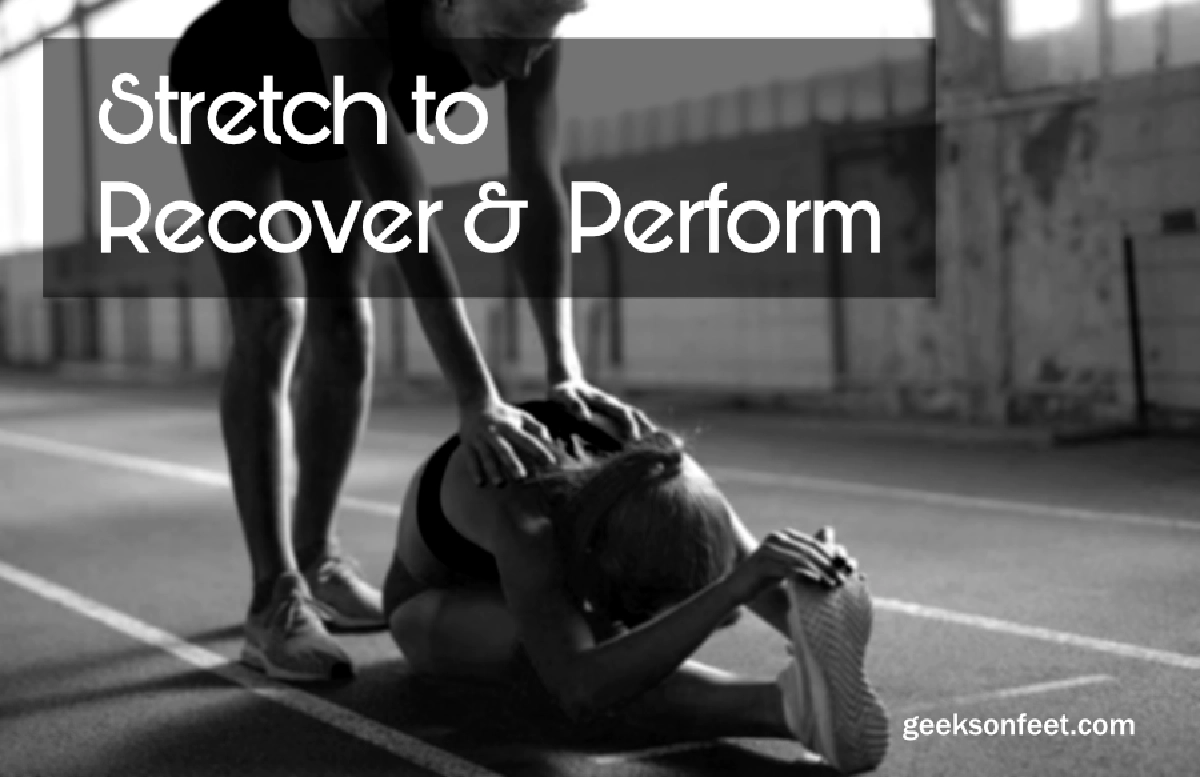
Running entails both aerobic (endurance-based) and resistance (strength-based) activity which represents two extremes of the exercise continuum. For our body to continue to work efficiently on this continuum, we need to constantly work on our muscles to maintain optimal elasticity. To maintain the elasticity, “recovery” is the key to get back to the original form for the next training session.
Stretching got a bad reputation in recent times with conflicting advice. A simple search shows tons of literature pointing out why static stretching is bad and how it can affect performance. There is also a lot of literature supporting stretching and the need to prime our muscles. As a runner who has focused goals, what to do on stretching can be quite confusing.
Before we go further, in our previous post on recovery, we introduced stretching as one of the recovery mechanisms for runners. We introduced active, passive and dynamic stretching examples. Here is a quick recap.
|
Static Stretching - Primary used to improve range of motion and recovery. |
Passive |
Uses external force such as weights, or bodyweight to stretch the muscles. |
|
Active |
Involves using our own force to hold a stretch. |
|
|
Dynamic Stretching - Primarily used as part of warm-up to activate the muscles and desired range of motion for the activity. |
Uses dynamic and controlled movements to stretch the targeted muscles. We covered dynamic stretches in our dynamic warm-up for runners article, please checkout. |
|
As we workout, we put our muscles and tendons in action. Stretching after the workout aids in muscle recovery and reducing the post workout onset of soreness. While the exact mechanism of how stretching helps in muscle recovery is not very clear, many runners and athletes swear by stretching.
These are done immediately after the run. These are static in nature and are done slowly with controlled breathing. These are meant to help runners in multiple ways.
Key points to keep in mind for cool-down stretches:
Here are a few suggested stretches that can be personalized based on the niggles that a runners would have.
Tight hip flexors can come in the way of hip extension preventing runners to get a strong stride. It also tilts the pelvis anteriorly reducing the ability to fire the glutes and increasing hamstring stiffness causing injuries.
Ankle range of motion is often observed to be low because of tight calf muscles and reduced ankle dorsiflexion and plantar flexion. Reduced ankle mobility also interferes with the runner’s ability to take the shock effectively. This can cause a variety of injuries at the ankle joint and plantar.
Low hip flexion is often caused by tight hamstrings and glutes. Ability to flex the hip effectively helps in better swing, and knee drive there by helping with better stride.
Here are a few suggested stretches to improve the common range of motion issues found in runners.
|
Tight hip flexors |
|
|
Ankle range of motion |
|
|
Hip flexion |
Please note we do not have a clear answer to how much we should stretch as runners. In general we advise a short stretching routine as part of your cool-down. More elaborate and dedicated stretching routine can be done 2-3 times a week that includes stretching and mobility based on the range of motion restrictions. Please note that stretching is one of the many recovery tools that we have, and is not the only one.
Prepared by Team GeeksOnFeet for the love of running
If you are a running enthusiast, follow us on our social media channels @geeksonfeet on Twitter, and GeeksOnFeet on Instagram and Facebook for updates.